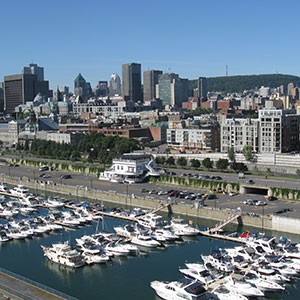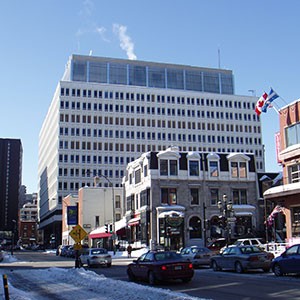Environmental geography represents a critically important set of analytical tools for assessing the impact of human presence on the environment by measuring the result of human activity on natural landforms and cycles. This program draws on courses within physical geography, including a distinctive strand of courses dealing with environmental issues, resources and management. Teaching and learning methods are diverse, ranging from lectures and tutorials through to a variety of practical work in cartography, GIS, remote sensing and statistics.
Environmental geographers are familiar with how natural systems function, but they also know that humans are a dominant agent of change in nature. They realize that it is not possible to understand environmental problems without understanding the physical processes as well as the demographic, cultural, and economic processes that lead to increased resource consumption and waste. Environmental geographers fan out along a variety of academic paths, and these paths will cross, mingle, or converge with those of other disciplines. By its very nature geography is a discipline that seeks to integrate and synthesize knowledge. Therein lies its strength. The geographer’s world is your world: it is the earth as the home of humans.


